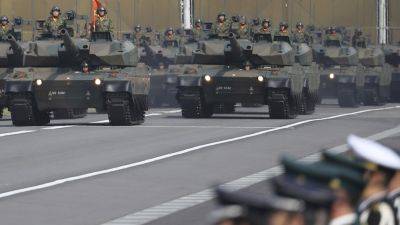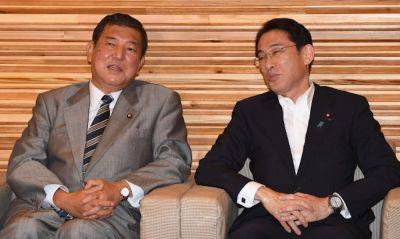India-Japan defense ties quietly reaching new heights
Over the past twenty years, the Japan-India security collaboration has grown steadily, though not quickly. Given the outcomes of a recent key defense meeting, that may be ready to change.
On August 20, the third Japan-India Foreign and Defense Ministerial Meeting, known colloquially as “two-plus-two” talks, was held with little fanfare and scant global media attention in New Delhi.
At an apex level, Japanese Defense Minister Minoru Kihara and Foreign Affairs Minister Yoko Kamikawa met their Indian counterparts, Rajnath Singh and Subrahmanyam Jaishankar.
Atop their meeting agenda was China’s expanding military, political and economic might in the Indo-Pacific, prompting the emerging partners to align their rhetoric and strengthen their defense cooperation in new unison.
In a statement, the ministers expressed their joint opposition to any unilateral attempts to alter the strategic status quo and reiterated their commitment to upholding and bolstering the rules-based international order – a not-so-veiled joust at China’s growing assertiveness in the region.
Putting muscle behind the rhetoric, they agreed to conduct more bilateral and multilateral defense exercises. In particular, India said it welcomed Japanese fighters at its Tarang Shakti exercise, the first multilateral exercise hosted by the Indian Air Force.
All three Indian and Japanese military services – army, naval and air – held bilateral exercises in 2023, including the inaugural Veer Guardian 2023, which took place at Japan’s Hyakuri Air Base.
The ministers also agreed to update and amend the joint declaration on security cooperation that Japan and India first signed in October 2008 “to reflect contemporary priorities and be responsive to contemporary






